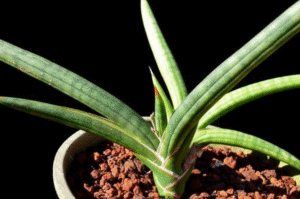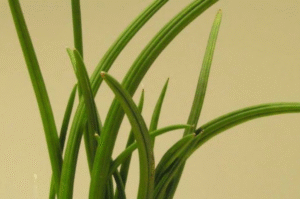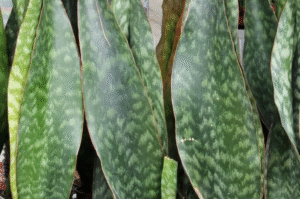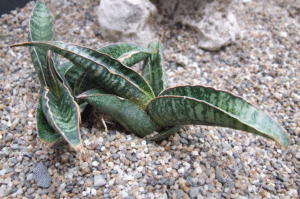Sansevieria Zeylanica, often overshadowed by its more popular cousin, the Sansevieria trifasciata (Mother-in-Law’s Tongue), is a true unsung hero in the indoor plant world. With its upright, sword-like leaves streaked with grayish-green patterns, this snake plant species combines elegance with resilience, making it a favorite for both beginners and plant connoisseurs.
Whether you’re looking to green up your office, bedroom, or living room with minimal fuss, Sansevieria Zeylanica delivers on style, air purification, and ease of care. This guide covers everything you need to know to plant, grow, and care for Sansevieria Zeylanica, from potting techniques to troubleshooting common issues.
What is Sansevieria Zeylanica?
Sansevieria Zeylanica is a species of snake plant native to Sri Lanka. It features tall, arching, lance-shaped leaves with irregular horizontal bands. Unlike some of the more common snake plants, Zeylanica tends to have more subtle variegation, giving it a darker, more sophisticated appearance.
Quick Facts:
- Botanical Name: Sansevieria Zeylanica (also classified under Dracaena Zeylanica)
- Common Names: Ceylon Bowstring Hemp, Zeylanica Snake Plant
- Light Requirements: Low to bright indirect light
- Watering Needs: Low
- Growth Habit: Upright, clumping
- Mature Height: 2–3 feet indoors
- Toxicity: Mildly toxic to pets if ingested
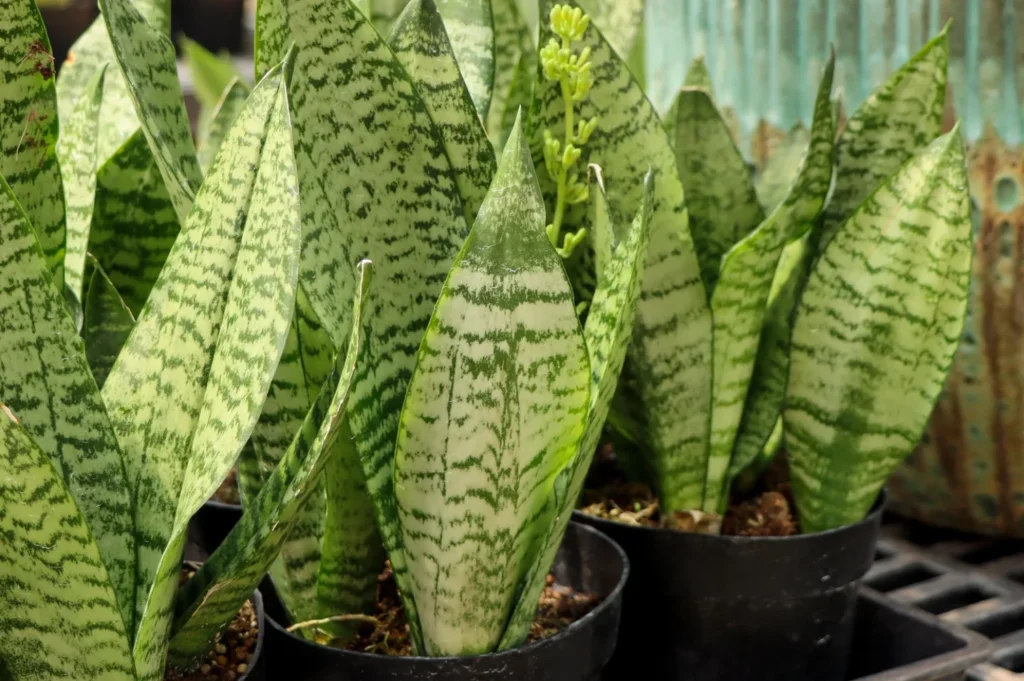
Why Choose Sansevieria Zeylanica?
From a product review standpoint, Sansevieria Zeylanica scores high across multiple performance categories:
- Low Maintenance: Ideal for forgetful plant parents.
- Versatility: Grows well in nearly all lighting conditions.
- Air Purifying: Removes toxins such as benzene, formaldehyde, and xylene.
- Pest Resistance: Rarely attracts pests or diseases.
- Aesthetic Appeal: Adds vertical structure to any space with its sleek leaves.
If you’re looking for a plant that offers style with zero stress, Zeylanica is a solid investment.
How to Plant Sansevieria Zeylanica
Planting Sansevieria Zeylanica correctly is the foundation of healthy growth. Here’s how to do it right.
1. Choose the Right Pot
Opt for a terra cotta or ceramic pot with good drainage. Snake plants hate sitting in water, so drainage holes are a must.
Pro Tip: Use a slightly snug pot. Snake plants like being a bit root-bound, which also helps them grow more upright.
2. Use Well-Draining Soil
The best soil mix for Zeylanica is a cactus or succulent potting mix. You can also make your own by combining:
- 2 parts potting soil
- 1 part perlite or pumice
- 1 part coarse sand
This promotes airflow and prevents root rot.
3. Planting Steps
- Fill the pot halfway with soil mix.
- Gently loosen the root ball and place the plant upright.
- Fill in around the sides, pressing gently to secure the plant.
- Water lightly just once after planting.
How to Grow Sansevieria Zeylanica
Once planted, growing this snake plant is remarkably straightforward. However, a few key care strategies can help maximize its potential.
1. Light Requirements
Zeylanica adapts to various lighting environments, but it thrives best in bright, indirect light. It can also handle low light, although growth may be slower.
Avoid: Direct sunlight for long hours, as it can scorch the leaves.
2. Watering Schedule
Overwatering is the number one killer of Sansevieria Zeylanica.
- Spring/Summer: Water every 2–3 weeks
- Fall/Winter: Water once a month or when the soil is completely dry
Allow the soil to dry out completely between waterings.
3. Temperature and Humidity
- Ideal Temperature: 60–85°F (15–29°C)
- Humidity: Tolerant of dry air, but also does well in average humidity
Avoid exposing the plant to temperatures below 50°F (10°C).
4. Fertilizing
Feed your Zeylanica once a month during the growing season (spring and summer) with a balanced liquid fertilizer diluted to half-strength.
Skip fertilization in fall and winter.
Propagating Sansevieria Zeylanica
Propagation is an easy and fun way to multiply your plant collection.
Methods:
- Leaf Cuttings in Water
- Cut a healthy leaf into 3-inch sections.
- Let them callous over for 1–2 days.
- Place in a jar with water (cut end down).
- Wait for roots to grow, then pot in soil.
- Division
- Remove the plant from its pot.
- Gently separate clumps with roots attached.
- Replant each section in fresh soil.
Division is faster and preserves the original leaf variegation.
Common Problems and How to Fix Them
Even though Zeylanica is tough, it’s not invincible. Here are some common issues and their solutions:
1. Yellow or Mushy Leaves
Cause: Overwatering or poor drainage
Fix: Remove affected leaves, repot with dry, well-draining soil, and reduce watering frequency.
2. Wrinkled or Curling Leaves
Cause: Underwatering
Fix: Give the plant a thorough soak, then adjust the watering schedule.
3. Brown Tips
Cause: Low humidity, water quality, or too much sun
Fix: Use filtered water, move to indirect light, or increase humidity slightly.
4. No Growth
Cause: Dormant season or poor lighting
Fix: Ensure it’s in a bright location and wait for the growing season.
Sansevieria Zeylanica vs. Other Snake Plants
Here’s how Zeylanica compares to other popular snake plant varieties:
| Feature | Zeylanica | Trifasciata ‘Laurentii’ | Cylindrica |
| Leaf Shape | Flat, sword-like | Flat, variegated edges | Cylindrical |
| Color Pattern | Gray-green streaks | Yellow-edged green | Uniform green-gray |
| Light Tolerance | Low to bright | Bright indirect best | Bright indirect |
| Growth Speed | Moderate | Fast | Slow |
If you prefer a modern, minimalist look, Zeylanica is arguably the most stylish of the group.
Best Uses for Sansevieria Zeylanica
Wondering where to place your Zeylanica? Here are some excellent use cases:
- Bedroom Air Purifier: Releases oxygen at night
- Office Desk: Tolerates low light and infrequent watering
- Entryway Accent: Makes a striking vertical statement
- Gift Plant: A thoughtful, low-maintenance housewarming gift
Pros:
✔ Very low maintenance
✔ Works in low light
✔ Stylish and modern
✔ Rarely gets pests
✔ Propagates easily
Cons:
✘ Grows more slowly in low light
✘ Toxic to pets if ingested
Recommended For: Beginners, apartment dwellers, busy professionals, and anyone who’s ever said, “I always kill my plants.”
Frequently Asked Questions
How often should I repot Sansevieria Zeylanica?
Every 2–3 years or when roots start to bulge from the pot.
Can it live outside?
Only in warm climates (USDA zones 9–11). Bring it indoors during cold weather.
Is it safe for pets?
No, it’s mildly toxic if ingested. Keep it out of reach of cats and dogs. If you’re ready to start your snake plant journey or expand your current indoor jungle, Sansevieria Zeylanica deserves a spot on your shelf. Its aesthetic charm and rugged character make it one of the most underrated heroes of the plant world.



